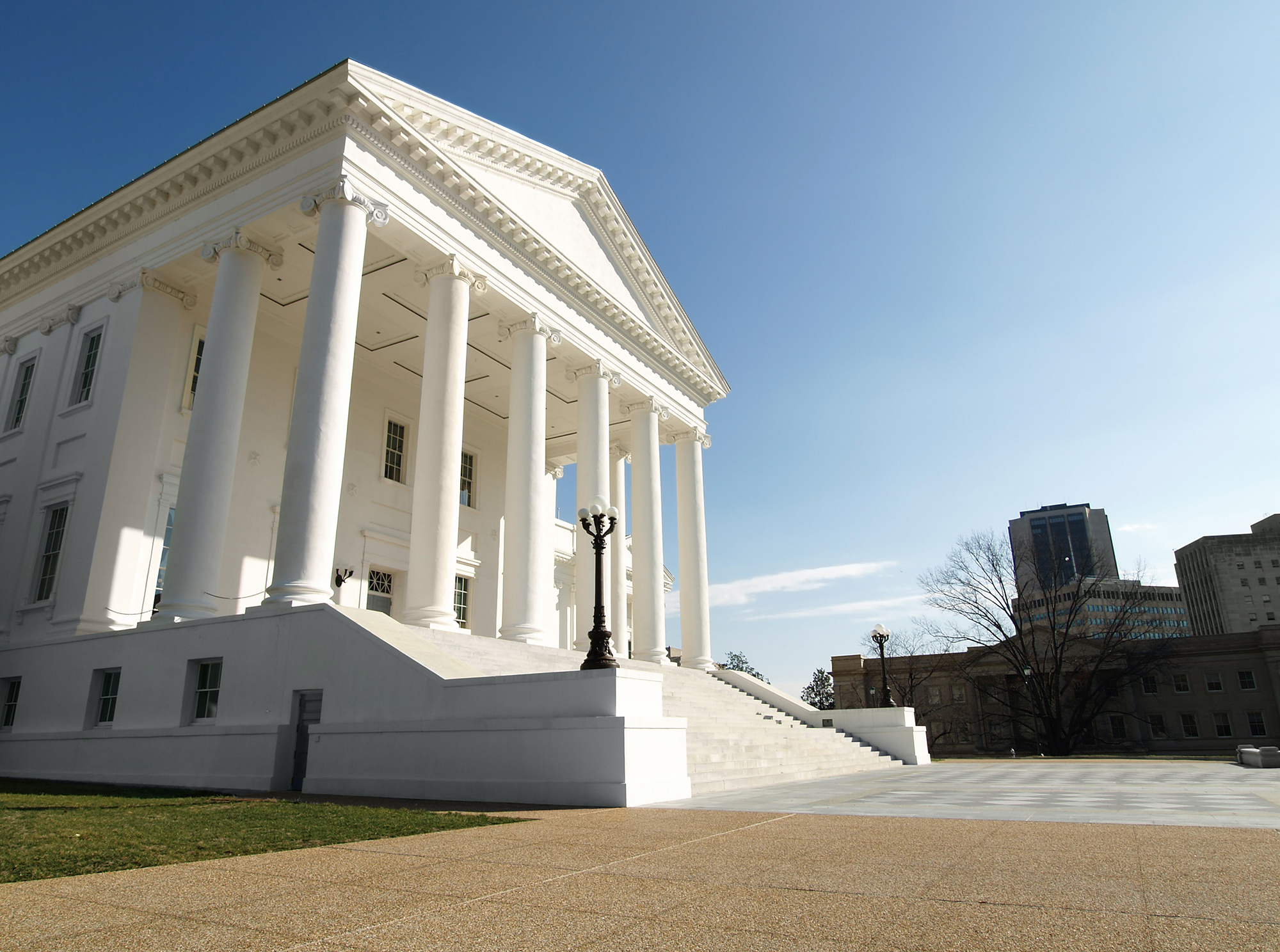Governor Youngkin addressed a joint session of the “money committees” on Thursday, August 14, reporting that FY 2025 concluded with revenues $572 million ahead of the forecast that was adopted as part of the 2025 Appropriation Act, and expressing confidence in meeting the FY 2026 forecast. The Governor told legislators that “Virginia is as financially strong as she has ever been,” citing the FY 2025 surplus, the state’s healthy reserves, and the recent reaffirmation of Virginia’s AAA credit rating. The Governor credited investments in economic “building blocks” such as site development, paired with tax relief, with creating a virtuous cycle of revenue growth that has enabled investments in core services. He touted Virginia’s successes in competing for economic development projects, pointing to significant capital investments and job growth during his tenure, and encouraged the legislature to continue pro-business policies. He argued that the uncertainty surrounding federal actions that was present earlier in the year has been reduced with the enactment of the reconciliation bill, and highlighted two executive directives issued earlier in the week that respond to two elements of the reconciliation legislation by requiring appropriate steps to be taken to reduce the state’s error rate in the Supplemental Nutrition Assistance Program and to pursue federal funds that are available to support rural health care needs.
Secretary of Finance Stephen Cummings provided additional details on FY 2025 revenues and key economic data points that will be important factors in developing the forecast for the next biennium budget. Secretary Cummings explained that the $572 million in excess FY 2025 revenues was largely attributable to overperformance in non-withholding income tax collections. Major revenue sources – income taxes withheld from individuals’ paychecks and sales and use tax collections – tracked closely with their forecasts, with withholding 0.1 percent behind the forecast and sales and use tax 0.3 percent ahead. Secretary Cummings pointed out that FY 2026 revenues need to grow only 0.4 percent in order to meet the forecast in the current biennium budget that was approved earlier this year, and echoed the Governor’s positive outlook on achieving this level of growth; he noted that the economic factors in the forecast (such as employment and average wage growth) met or exceeded expectations for FY 2025, and that July revenues were ahead of the forecast. The state begins FY 2026 with a “cushion” of $1.7 billion, reflecting FY 2025 excess revenues, spending items vetoed by the Governor in May, unspent appropriations, and the excess revenue generated in July.
Some economic indicators are showing signs of weakening, as federal workforce reductions are beginning to appear in jobs figures, and Virginia’s unemployment rate increased again in June (although it remains below the national average of 4.2 percent). The Commonwealth has lost 11,200 federal jobs since January. The General Assembly had anticipated a need to respond to potential federal funding and workforce reductions when it adopted amendments to the biennium budget in February, and the 2025 Appropriation Act directs that after an initial $20 million is set aside for the Virginia Military Survivors and Dependents Education Program, any FY 2025 excess revenues that are not required to meet a Constitutionally-mandated deposit to the “rainy day fund” or the Water Quality Improvement Fund are to be reserved to address the impacts of any reductions to federal appropriations included in the budget. In questions to Secretary Cummings, several legislators expressed concerns about the impacts of Medicaid and SNAP changes incorporated in the federal reconciliation legislation, including anticipated administrative costs and revenue impacts to safety net hospitals.
The Governor will present his proposed amendments to the FY 2026 budget and a proposed 2026-2028 biennium budget to the money committees on December 17. As part of the budget development process, the Joint Advisory Board of Economists will meet in October to review economic assumptions, and the Governor’s Advisory Council on Revenue Estimates will meet in November to review the forecast for the upcoming biennium.
Secretary Cummings’s presentation is available at this link.
VACo Contact: Katie Boyle

